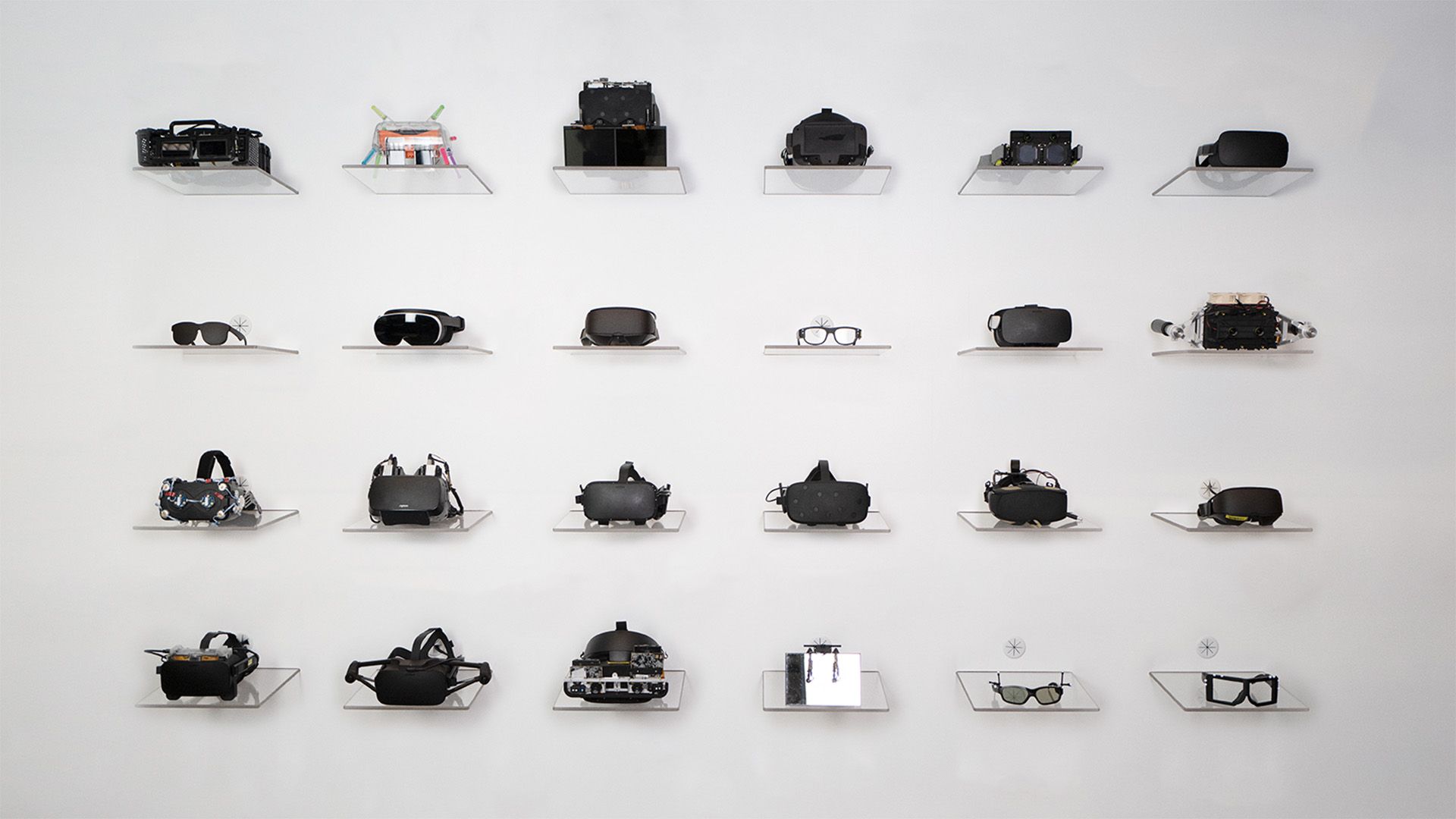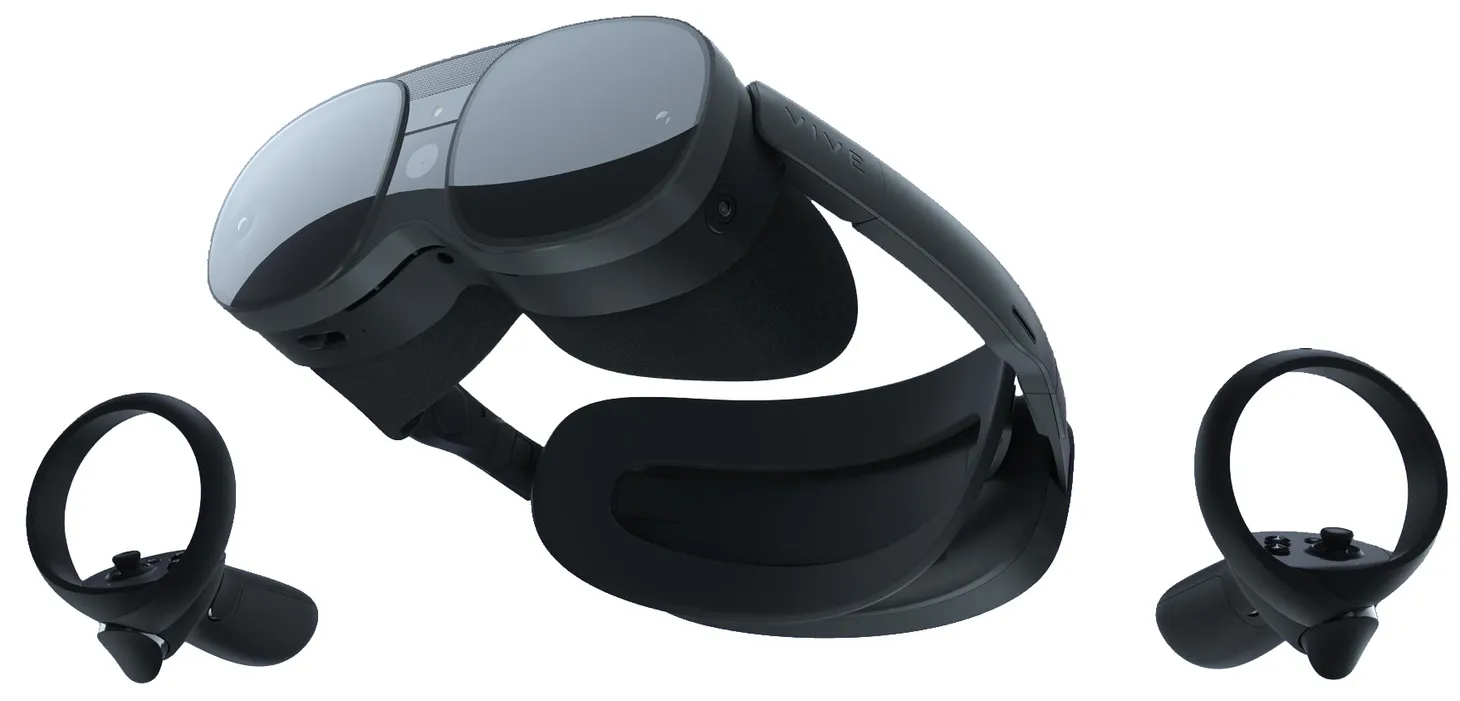The Visual Turing Test: a unified VR vision for the future
Showing your working helps us all grasp what we're aiming for.

This week, Meta delivered a genuinely intriguing look behind the curtain at its research into truly advanced virtual reality headsets.
So much of tech today can be too much sizzle with very little sausage. Meta’s own presentation when changing its name last year was an example of exactly that – big ideas, light on detail.
This latest look at the layers and layers of research going into VR headsets was a great example of bringing enthusiasts on a journey so we all know which ‘future’ Meta is striving for. All underpinned by a grand ambition to beat a “Visual Turing Test” where the world inside VR looks as real as the world outside.
The demo constantly reminded viewers how far these products are from the market, and by showing how much progress (or sometimes how little progress) has been made over the past five years it helped paint a better picture of what the next 5-10 years could look like in VR and AR technology.

One impressive aspect was the isolated paths within the research teams. Some working on achieving a readable eye chart. Other discussions on the need to boost brightness and HDR. How lenses and optics are being advanced to slim down the size of headsets. And some very advanced eye tracking to keep images in focus wherever the wearer wanted to look.
Is winning a Visual Turing Test what we want from VR? Is that the ideal visual space? I’m happy to say that’s a separate debate. Simply by giving us a clear goal, Meta helped us to understand how these various research efforts would eventually come together to achieve a far better VR experience than what is achievable today.
Tech can be so guarded. Companies can worry about reducing sales of today’s products if they show too much excitement for tomorrow’s. But VR is a space where enthusiasts are going to enthusiast. They’ll keep exploring new gear as it arrives. And very few outside the hardcore are interested in buying VR right now.
This kind of ‘sneak preview’ of tech gets people excited for what will eventually be possible. It reminds us technology is HARD. That solving big challenges is what drives the extremely smart people who make this stuff.
As a fan of what VR makes possible today – and the even bigger potential for the future – I’ve felt a bit disappointed by how slowly the tech has evolved over the past five years. But a session like this restored some confidence that the boffins are in the midst of solving some really tough problems.
Even if you decide that whatever Meta metaverse of ads and microtransactions may await, the research their teams are doing will undoubtedly feed into the research being done at places like Apple and HTC and Google and PlayStation to push this space forward.
That’s a win for whatever may be possible when we hit the 2030s, and the era when I’ll probably be sent to some VR retirement home. Just hook old man Seamus up to VR World of Warcraft and don’t tell me when I died. Thanks.
More on that…
Zuckerberg wants Meta headsets to pass the Visual Turing Test (UploadVR) :: A run down from one of the best sites following the evolution of VR out there. Plus more details from UploadVR here and here.
Brain food
10 years on, a requiem for the Zune (Fast Company) :: Microsoft’s effort to break through iPod dominance in the Noughties. A nice stroll down flash memory lane.
How eBay showed us how to build a business online (The Guardian) :: Did you know eBay started as AuctionWeb in 1995? I’d missed that nugget of history, but will now file that away in the trivia databank for future reference.
Newsworthy
Some Aussie retailers have been using facial recognition tech in stores without any clear warnings for customers (Byteside) :: A great bit of investigation from CHOICE (as usual) has uncovered a few major retails – including Bunnings, Kmart and The Good Guys – have been quietly using facial recognition tech in their store surveillance systems.
Next gen fast charging tech for EVs could see you gone in 600 seconds (Byteside) :: Range anxiety is slowly fading in the EV space, but the time to refill is still a friction point. But as the research keeps rolling onward faster and faster charging becomes a thing.
Percy just found garbage on Mars (Mashable) :: Some foil from Perseverance rover’s final rocket stage heat shielding has been spotted by the rover lodged in a tiny crevice while hunting for signs of life. It’s a tricky situation. Sad to see some NASA garbage but we wouldn’t see ANYTHING there without sending rovers that are dropped off in a precision ballet of rockets and parachutes and shielding devices.
Apple Pay Later will be funded by Apple itself, not a bank (Ars Technica) :: I was very curious about the fine print on Apple’s Pay Later scheme. It turns out it has created a wholly owned subsidiary to finance the product – and in the process maintain a lot of privacy for customers who use it.
Border Force searched more than 40,000 devices in five years (iTnews) :: That’s a lot of warrantless searches. Apparently ABF officers are not obliged to tell you that you are not obliged to unlock a device for them. So consider yourself reminded of your rights.
Also:
- Instagram has a Family Centre to help manage the experience for teens. And please, parents, take an active role in your child’s online life already.
- WhatsApp users can finally migrate message history from Android to iPhone. This could easily have been a dealbreaker for many WhatsApp users, so it’s great that migration is now possible whichever phone OS you want to use.
Byteside Newsletter
Join the newsletter to receive the latest updates in your inbox.


